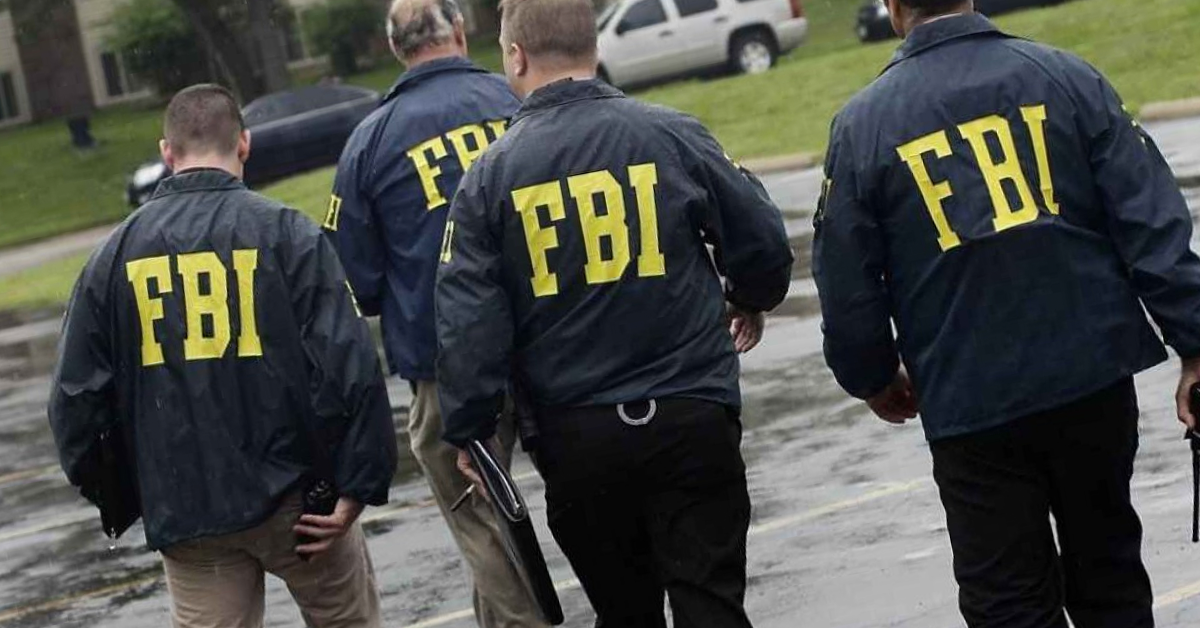The Fresno Police Department is ramping up its “Big Data” surveillance potential.
At the same time, the City Council struggles to decide if this is a “Big Brother” to love or fear.
The council and Chief Jerry Dyer recently debated the merits of a computer service called “Beware” that analyzes huge amounts publicly-available information on the habits of individual human beings.
The service is simple in theory.
A police officer is dispatched to a call. The event is occurring at a specific street address. Things could get dangerous.
It is in the nature of most people and businesses that their lives are tied inextricably to a specific address. They may live there. They may work there. They may play or worship there.
It is also in the nature of most people that their lives are tied inextricably to consumption in the public square. They pay a fine with cash in Superior Court. They buy a barbeque at Walmart with a credit card. They fill out forms with the hopes of getting a gun.
And it most definitely is in the nature of our modern world that breathtakingly powerful computers can do amazing things with immense piles of data, and do it in seconds.
Back to that cop on her way to tense call.
How does City Hall give her the best chance possible of resolving the call in a manner both safe and legally just for all parties – the citizen, the resident, the civic fabric?
In Dyer’s view, Beware is a vital tool to help that cop turn the unpredictable of a risky call into something closer to the predictable.
We’ll dig deeper into Beware later in the story. For now it’s sufficient to note that Beware computers take all that public information on a specific street address in Fresno, crunch it according to a secret mathematical formula and come to a judgment on the potential level of threat posed by the person (or persons) connected to that address.
The threat level is compressed to a color – green, yellow, red. The colors in essence correspond to the messages sent by a traffic light. Green: Nothing unusual. Yellow: Be alert. Red: Beware.
All this in varying degrees is routed from Beware computers to Fresno Police Department computers in the Real Time Crime Center and, ultimately, to that cop in a patrol car pulling up to the curb.
But Beware isn’t simple in practice. This was made abundantly clear in the early evening of Nov. 5 as the council concluded a meeting made memorable earlier in the day by revelations of big bonuses paid by Mayor Ashley Swearengin to her top lieutenants.
The issue at hand was a workshop on the Real Time Crime Center. Council President Oliver Baines, himself a former cop, was the driving force behind the review. But one aspect of the Center’s many assets stole the show.
Baines began things by recalling his meeting a few weeks earlier with a constituent who had heard rumors about the presence of “Beware” in Fresno.
“He asked if I would help him discover what his threat level was,” Baines said. “I didn’t think I could. I didn’t even know about the program at that time. He provided me with some background information. I said, ‘That’s interesting. You probably know more than the council.’”
Baines said it was time for that to change. He looked at Dyer sitting in audience.
“The floor is yours.”









